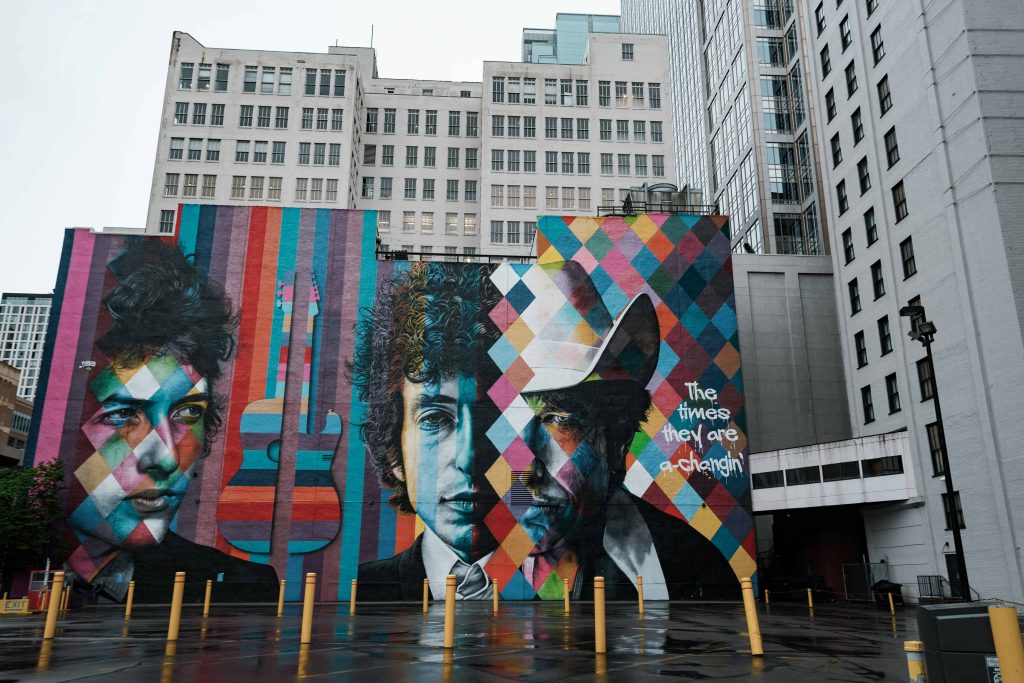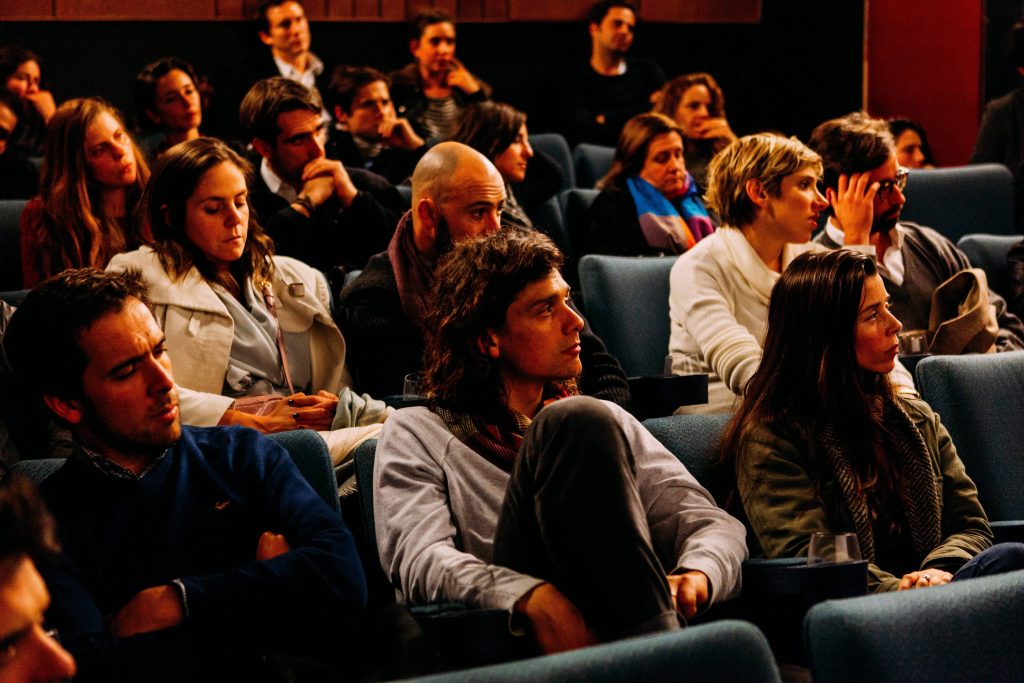
21 Aug Using Art to Address Community Issues
Sculpting a Better Tomorrow: Exploring Artistic Solutions to Community Issues
Art has always been a universal language, transcending boundaries and speaking directly to the heart. In the context of community issues, it becomes a potent tool for sparking dialogue, raising awareness, and catalyzing change. This article explores how various art forms can be harnessed to tackle pressing social issues and foster positive transformation within communities.
Community issues encompass a wide spectrum, from homelessness and environmental pollution to the lack of youth programs and beyond. At their core, these issues reflect societal challenges that demand collective attention and action. Art, with its ability to evoke emotions, provoke thoughts, and inspire action, emerges as a powerful ally in addressing these pressing concerns. This article contends that art serves as a catalyst for change, igniting conversations, challenging perspectives, and ultimately fostering empathy and understanding within communities.

The Power of Art for Social Change
Art as a Catalyst for Dialogue
Art has an unparalleled ability to initiate dialogue on sensitive and complex issues. Whether through striking murals adorning city walls, thought-provoking theater performances, or soul-stirring musical compositions, art has the capacity to transcend linguistic and cultural barriers, fostering connections and empathy among diverse audiences. By confronting societal challenges head-on, art invites viewers to engage in meaningful conversations, thereby laying the groundwork for collective action and social change.
Art as a Tool for Raising Awareness
One of the most compelling aspects of art is its capacity to shed light on issues that often remain unseen or overlooked. From highlighting the plight of marginalized communities to exposing environmental degradation, art serves as a powerful medium for amplifying voices and challenging entrenched narratives. Moreover, in an age dominated by social media, art possesses the unique ability to reach vast audiences instantaneously, magnifying its impact and amplifying its message across digital platforms.

Different Artistic Approaches to Community Issues
Public Art and Murals
Public art, particularly murals, has emerged as a dynamic medium for addressing community issues. By transforming neglected spaces into vibrant canvases, murals not only beautify urban landscapes but also convey powerful messages that resonate with local residents. Moreover, many public art projects involve extensive community engagement, empowering individuals to reclaim ownership of their surroundings and participate in the creation of meaningful public spaces.
Community Performance and Theater
Performance art, including theater and community-based performances, offers another avenue for addressing social issues. Through the art of storytelling, performers can give voice to marginalized communities, shedding light on their struggles and triumphs while fostering empathy and understanding among audiences. By providing a platform for community voices to be heard, theater serves as a catalyst for dialogue and social change, challenging prevailing norms and inspiring collective action.
Other Art Forms (Sculpture, Photography, etc.)
Beyond murals and theater, a myriad of other art forms—from sculpture and photography to dance and literature—can be harnessed to address community issues. Each medium offers its own unique strengths and capabilities, providing artists with diverse tools and techniques to engage with audiences and provoke meaningful conversations about pressing social concerns.
The Impact of Art on Communities
The transformative power of art extends far beyond mere aesthetics, leaving a lasting impact on communities worldwide. Whether by promoting social cohesion, inspiring grassroots activism, or advocating for policy change, art has the potential to catalyze positive social change at the local, national, and even global levels. By fostering empathy, challenging perspectives, and amplifying marginalized voices, art empowers communities to envision a more just and equitable future.

Conclusion
In conclusion, the role of art in addressing community issues cannot be overstated. From sparking dialogue and raising awareness to fostering empathy and inspiring action, art serves as a catalyst for social change, transcending boundaries and bringing communities together in pursuit of common goals. As we navigate an increasingly complex and interconnected world, the ongoing embrace of art as a tool for addressing community issues remains not only relevant but imperative for building a more inclusive and equitable society.
Key Takeaways
- Art as Catalyst for Dialogue: Art serves as a powerful initiator of conversations on sensitive community issues, transcending linguistic and cultural barriers to foster empathy and understanding among diverse audiences.
- Raising Awareness through Art: Art has the unique ability to shed light on unseen or overlooked issues, amplifying voices and challenging entrenched narratives, especially in the digital age where it can reach vast audiences instantaneously.
- Various Artistic Approaches: Different art forms, such as public art, theater, sculpture, photography, and literature, offer diverse tools to engage audiences and provoke meaningful conversations about pressing social concerns.
- Impact on Communities: Art’s transformative power extends beyond aesthetics, promoting social cohesion, grassroots activism, and policy change, ultimately empowering communities to envision a more just and equitable future.
- Conclusion: Art’s role in addressing community issues is vital, serving as a catalyst for social change and bringing communities together to pursue common goals in an increasingly complex world.
FAQs
How does art address community issues effectively?
Art effectively addresses community issues by initiating dialogue, raising awareness, and fostering empathy. Whether through murals, theater performances, or other mediums, art transcends barriers to spark meaningful conversations that lay the groundwork for positive change within communities.
What role does public art play in addressing community issues?
Public art, particularly murals, transforms neglected spaces into vibrant canvases conveying powerful messages. Through community engagement, these projects empower individuals to reclaim ownership of their surroundings, raising awareness and fostering pride within communities.
How does art contribute to community transformation?
Art promotes social cohesion, inspires activism, and advocates for policy change. By fostering empathy, challenging perspectives, and amplifying marginalized voices, art empowers communities to envision a more just and inclusive future, driving progress towards a better society.
Experience the beauty and depth of art history like never before with our meticulously crafted virtual tours that transport you to the heart of iconic exhibitions from around the world.

